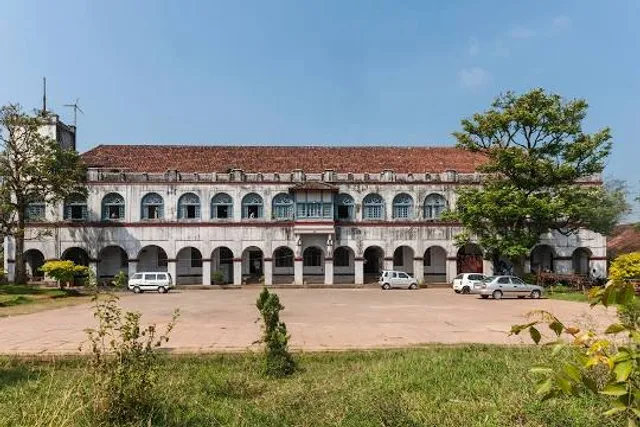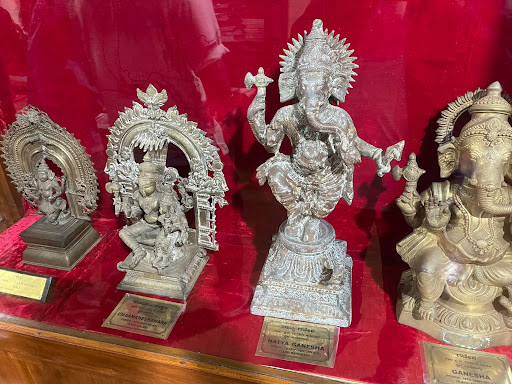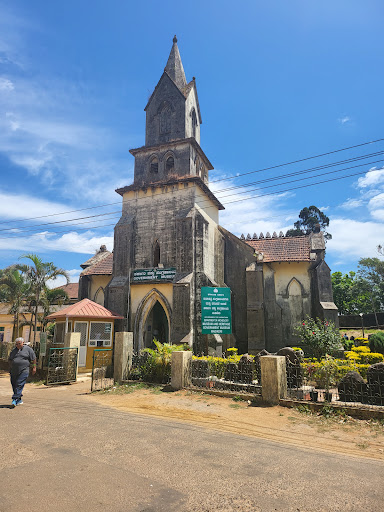Madikeri Fort things to do, attractions, restaurants, events info and trip planning
Basic Info
Madikeri Fort
Madikeri Fort, Fort Rd, Stuart Hill, Madikeri, Karnataka 571201, India
3.6(6.6K)
Open 24 hours
Save
spot
spot
Ratings & Description
Info
Madikeri Fort, also called Mercara Fort, is a fort in Madikeri, in the Kodagu district of the Indian state of Karnataka, first built by Mudduraja in the second half of the 17th century. Mudduraja also built the palace within the fort.
Cultural
Accessibility
attractions: Shri Omkareshwara Swamy Temple, Madikeri, Omkareshwar Temple Park, General Thimmaiah Memorial Madikeri, Kunduru Motte Sri Chowtti Maramma Tayi Temple, restaurants: Coorg Cuisine, UDUPI GARDEN, Raintree Restaurants, Hotel Sri Shanthi Sagar, Ambika Upahar Udupi Vegetarian Restaurant, Hotel Rainbow Family Restaurant, Domino's Pizza | Stuart Hill, Madikeri, Taste of Coorg, 29 Bar & Resto, Church Side Bar & Restaurant
 Learn more insights from Wanderboat AI.
Learn more insights from Wanderboat AI.Phone
+91 80 2235 2828
Website
karnatakatourism.org
Plan your stay

Pet-friendly Hotels in Karnataka
Find a cozy hotel nearby and make it a full experience.

Affordable Hotels in Karnataka
Find a cozy hotel nearby and make it a full experience.
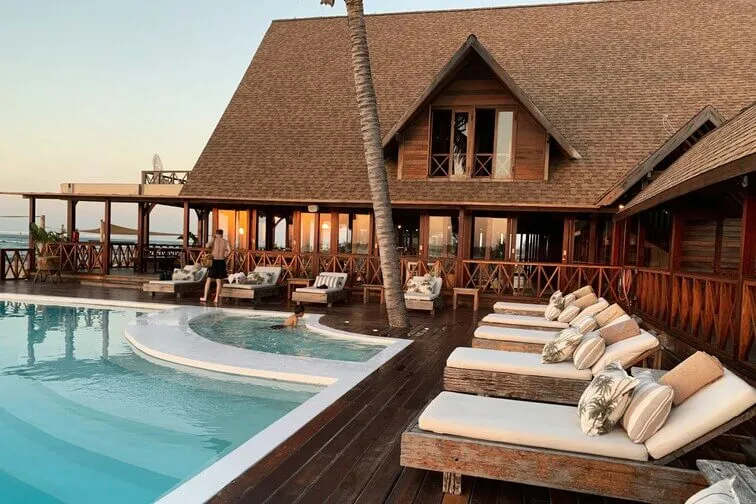
The Coolest Hotels You Haven't Heard Of (Yet)
Find a cozy hotel nearby and make it a full experience.
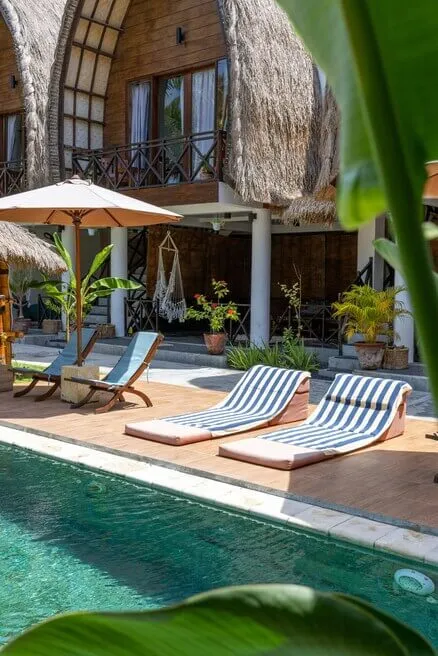
Trending Stays Worth the Hype in Karnataka
Find a cozy hotel nearby and make it a full experience.
Reviews
Nearby attractions of Madikeri Fort
Shri Omkareshwara Swamy Temple, Madikeri
Omkareshwar Temple Park
General Thimmaiah Memorial Madikeri
Kunduru Motte Sri Chowtti Maramma Tayi Temple
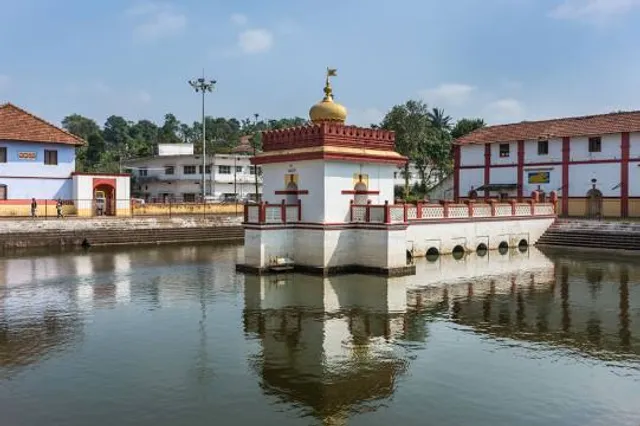
Shri Omkareshwara Swamy Temple, Madikeri
4.6
(919)
Open 24 hours
Click for details
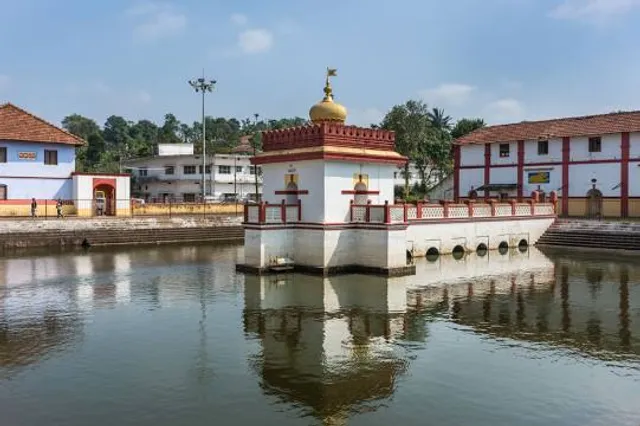
Omkareshwar Temple Park
4.6
(460)
Closed
Click for details

General Thimmaiah Memorial Madikeri
4.6
(896)
Closed
Click for details
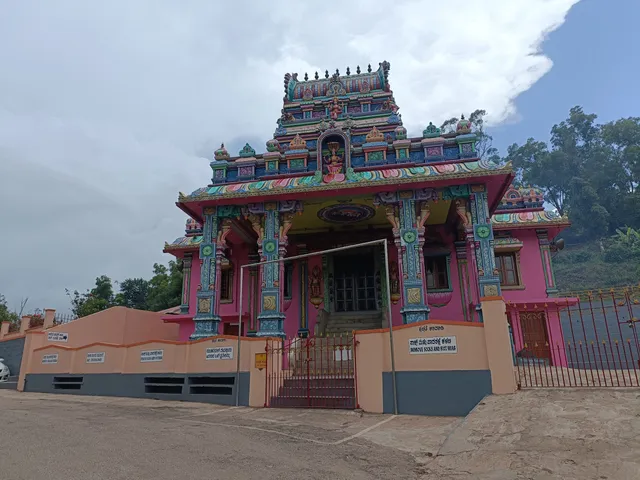
Kunduru Motte Sri Chowtti Maramma Tayi Temple
4.7
(63)
Open 24 hours
Click for details
Things to do nearby
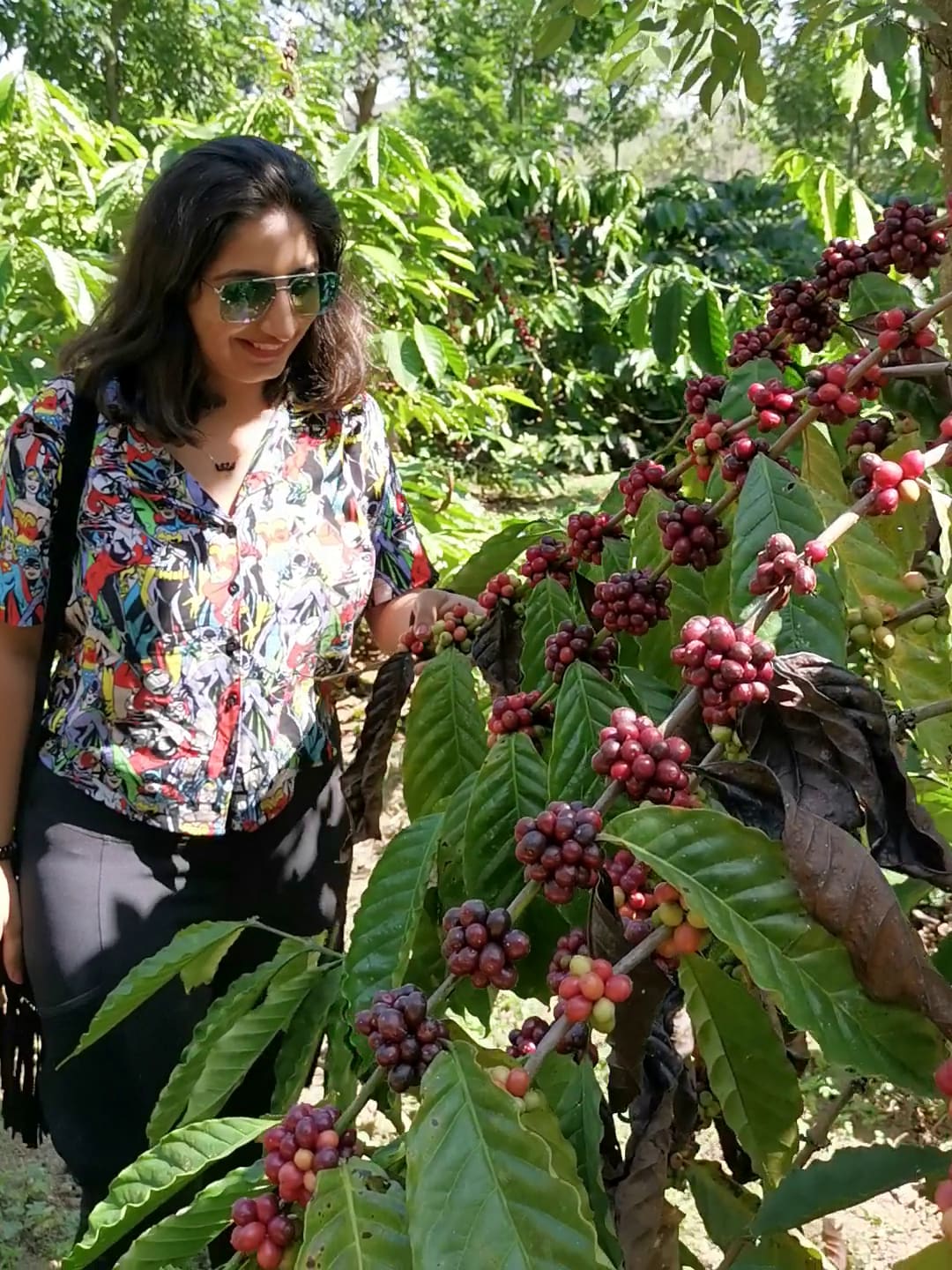
Taste coffee from farm to cup
Thu, Jan 8 • 9:00 AM
Koodulur Chettalli Colony, Karnataka, 571248, India
View details
Nearby restaurants of Madikeri Fort
Coorg Cuisine
UDUPI GARDEN
Raintree Restaurants
Hotel Sri Shanthi Sagar
Ambika Upahar Udupi Vegetarian Restaurant
Hotel Rainbow Family Restaurant
Domino's Pizza | Stuart Hill, Madikeri
Taste of Coorg
29 Bar & Resto
Church Side Bar & Restaurant
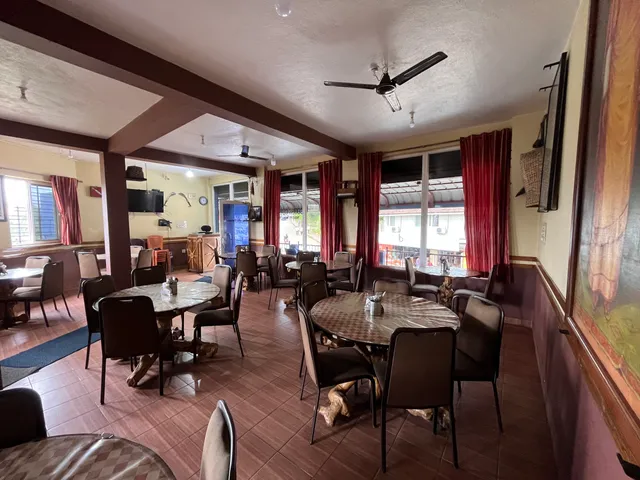
Coorg Cuisine
4.0
(3.1K)
$$
Click for details
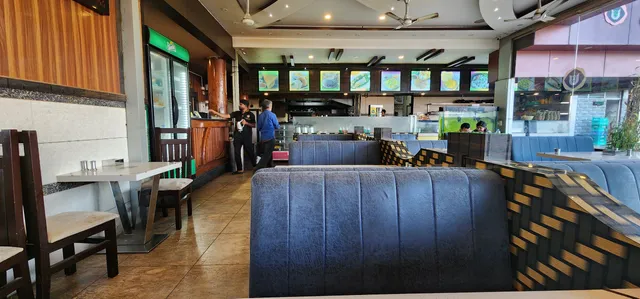
UDUPI GARDEN
3.9
(3.7K)
Click for details
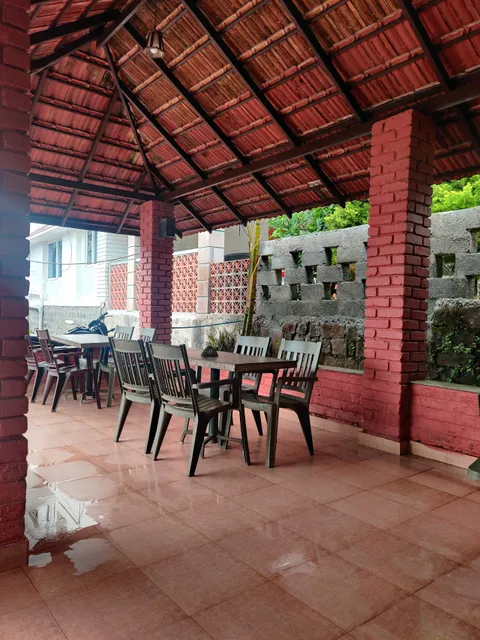
Raintree Restaurants
4.2
(2.2K)
$$
Click for details
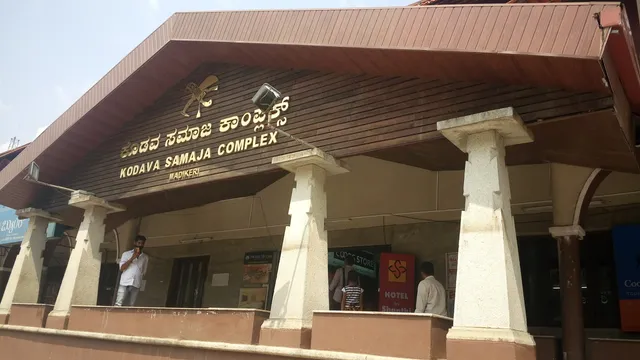
Hotel Sri Shanthi Sagar
3.7
(862)
Click for details
